Yellow Raspberry is an incredibly frost-resistant bush, characterized by small whimsality and increased endurance. Unfortunately, this type of raspberry is not common in the open spaces of the CIS, although Malina Yellow giant is a bright example and the most successful representative of the species.
Popular varieties of yellow raspberry
In its useful properties, yellow berries are not inferior to burgundy, but there is one bright advantage in yellow raspberries: it is less anthocian, which can cause an allergic reaction.
There are more than 10 varieties of yellow raspberries, let's consider the most promising.
Raspberry Yellow Giant: Grade Description
The emission bush of a yellow giant reaches 2.5 to height, is distinguished by powerful stems, dense inflorescences and large berries (7-9 g). On each fruit branch matures 20-25 berries, according to its size catching walnut.
Annual stems of a yellow giant gray-brown with a light bloody, in a two-year stems of a pure brown shade. The giant berries are a conical or weakly-arugated form, the seeds are small, and the color of berries ranges from yellow to the saturated-apricot.
The feature of the variety is that it was obtained by cloning in the laboratory, for which the nutrient media was used. The result was the superiority of the yellow giant over all the famous raspberry varieties. It has such advantages:
- Increased yield. With 1 bush, you can collect from 3 to 6 kg of berries, which completely depends on compliance with the rules of care.
- Large berries from 4 to 9 square meters.
- Fruit from mid-July until late autumn.
- Excellent fragrance, dessert flesh of berries, which are simply melted in the language.
- Resistance to pests and row of diseases.
- This variety belongs to the removable yellow raspberry (flower-fruit 2 times a year).
There is a yellow giant and cons - this is a low transportability of berries and their short shelf life. But all the varieties of yellow raspberries suffer from these shortcomings, so they are not grown on an industrial scale.
Variety of yellow raspberry Morning dew
It is considered an industrial variety, it is characterized by the strongest aroma. Morning dew berries, sweet-sweet, amber, transparent, reaching 5-10 g of weight.
The medium bush reaches 1.8 m in height, with 1 bush you can collect 3-3.5 kg of harvest. Repairing grade, fruiting in the first half of June, and then in the second half of August. But the richest harvest with bush is removed with one-time fruiting.
The grade is unpretentious, but with hot weather loses a small amount of sugar. Unstable to fungal diseases.
Sort yellow Sweat
Yellow swelling is not removable grade, fruiting 1 time per year. Frost-resistant, disease-resistant, berries reach 6 g by weight. It is noteworthy that the fruits do not appear from the bush, but they are not suitable for transportation.
Yellow Sweashed's bushes are twisted, 1.5 m in height reach with good care with a bush, you can remove from 3 to 8 kg of berries.
Yellow Raspberry Orange Miracle
Orange miracle - repairing grade, but recommended for disposable fruiting. It is distinguished by increased frost resistance and resistance to diseases, pests. He loves the sun, the berries of the conical shape elongated, weight 1 reaches 6 g. The variety is rare in the sense that the berries are well stored and can be transported. 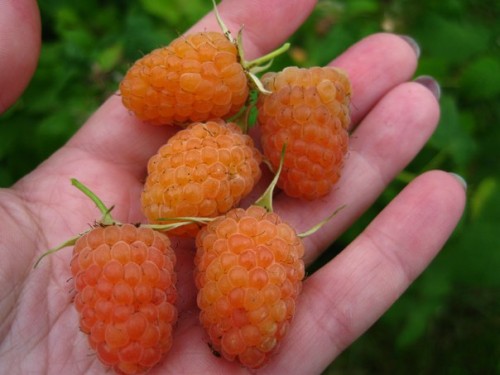
Variety yellow raspberry apricot
Apricot grade belongs to the repair, berries are distinguished by weight up to 7 g each, their color is orange-yellow. The bush is very compact and not scattered, thanks to which the apricot variety of yellow raspberries can be grown in small areas. Unpretentiousness and frost resistance make it possible to plant the yellow raspberry of the apricot area in all regions of the Russian Federation. 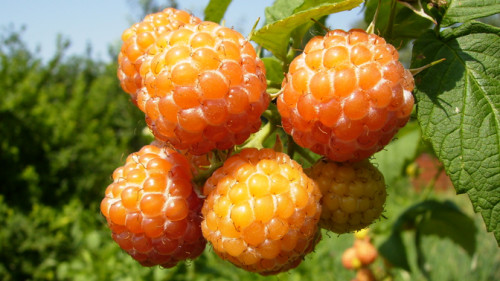
Landing yellow raspberries
Landing the raspberry of yellow varieties does not differ from landing of raspberry red or black. It is preferable to apply a trench method. Which makes it possible to delimit the bushes and organize a Malinnik.
Selection of places for landing and soil
Raspberries, like a blackberry, simply adores weakness and neutral soils on a well-lit plot. Remember that in winter the raspberry bushes should be tightly covered with snow, so choose a smooth plot, such that the Malinik does not cover the branches of the trees.
If the place is poorly illuminated and is in lowlands, the berries will be small and too watery. Yellow raspberry seedlings can be planted in spring or autumn, in the latter case, the pits are prepared a month before disembarking. Optimal time for landing is the beginning of the middle of September, so the wells slow down in mid-August.
Landing yellow raspberries in the pit
Growing can be produced by both separate bushes and a ribbon method (high) when the raspberry is planted with rows. To land the seedlings in the pits make holes with a size of at least 40 -50 cm, then pour the planting mixture by the Holloch. During the planting of seedlings or bushes, their roots are wetted in a mixture of a nourishing cowboat, after which they are plugged into the moistened prepared soil, sprinkling the fertile layer of soil. When gluage, observe the average height, otherwise the roots can bend.
The distance between the pits is about 1 meter, and between rows of 2 meters. Root neck of the bush is located 2-3 cm above the soil.
What is a trench landing, and how in such a way to plant yellow raspberries?
The trench planting of the raspberry consists in digging the trench with a 50 cm wide and a depth of 45-50 cm. In this case, the distance between the bushes is taken between 40 cm, and between the rows of 1 m. After digging, the trench is filled with a nutrient mixture from the manure, then lay a layer of fertile land. . The final layer of mineral fertilizers follows, for example, double superphosphate. Fertilizers with nitrogen content are never added during the planting process, because of them, raspberries are poorly rooted, but the small amount of ash will be by the way.
After trench landing, the soil is mulched by a humor or peat, also a dry earth can act as a mulch. If the kidneys are well developed on a yellow raspberry saplau, then it is necessary to cut it, leaving 30-35 cm.
So that the bushes feel comfortable, the trench is to distinguish between slate sheets by setting them along the contour. Gently block the sheets by 10 cm, because the roots of the raspberries are located close to the surface of the soil, and the minimum blowout will be enough.
Further care for Yellow Malina
Further care for the yellow raspberries consists of watering, mulching, trimming of bushes, loosening, fertilizer and seasonal service of bushes.
Watering yellow raspberry
Yellow Malina loves water very much, so it is necessary to provide a sufficient amount of water from spring to autumn. Make sure that the moisture of the roots is not stood. If the roots are sour, raspberries can simply die.
Trimming Yellow Raspberry and Mulching
Trimming this grade of raspberries is necessary to remove the excess length of the fruitus branches, dry branches and unnecessary rigs at the root system. Fruiting shoots after autumn planting are already curly, shortening them for 20 cm. If after the landing of the bushes has already passed 2 years, then the shoots are shortened after fruiting or in spring, removing 10 cm lengths from each.
Unnecessary shoots and pigs are cut off at the very base, the middle trimming does not benefit the bustard. Note that you can get rid of the need for regular loosening and thinning of the soil around the bushes it can be mulched. The mulch is taken either peat or straw.
Template yellow raspberry
Yellow raspberry bushes - spread and tall, therefore there is a need to tie them:
- Along the rows of raspberries, a row of wires or a strong thread, which is placed half a meter and 1 meter from the ground is stretched.
- After that, the raspberry bush is tied with soft threads to the wire, so you protect it from the wind and the possible breakfast of the branches under the weight of the harvest.
Weeding, feeding and fertilizer
In early June, Malina needs a reasonable feeding, which takes a simple infusion from weeds. For cooking, take the ½ part of the bucket of fresh weeds, poured them to the top boiling water, insist 2 days. This cooled infusion waters the roots of the raspberry, and the weed thickness will perform the function of a mulching mixture.
Also under raspberry, it is possible to pour a dung mixture, which is useful for the fruction and development of the bush. Fertilizers make mineral, adding a small amount of wood ash.
Pests, diseases and struggle with them
In areas where yellow raspberries grows more than 2-3 years, pests appear. Yellow raspberry varieties are resistant to a number of diseases and parasites to increase their immunity to take the following measures:
- Regular weeding will not leave the pests of the chance: the removal of harmful stroke is the destruction of the habitat of all sorts of parasites.
- Conduct trimming so that the bushes do not thicken. Thus, you create better conditions for warming up, ventilation and evaporation of excess moisture.
- Locking the Earth by 2-3 cm, burning all cut parts of the bush.
Summing up, it is worth saying that yellow raspberries is a promising variety that is profitable and convenient to plant on the summer. Great yield, unpretentiousness of the plant and the minimum cost of care for it create ideal conditions for growing. The only thing about to remember is the need to trim and other types of Malnik's care, all varieties for the winter are recommended to be tied up, bending the stems to each other.

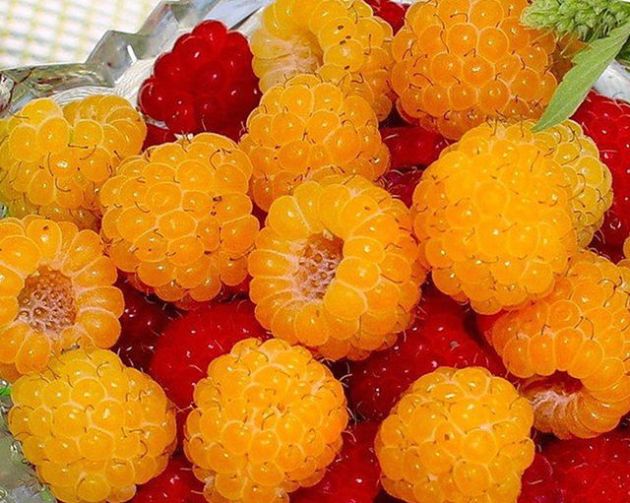
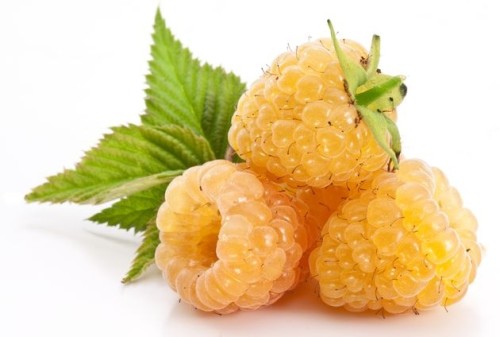
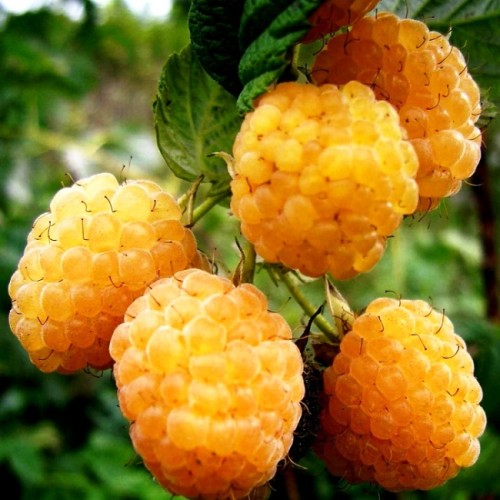
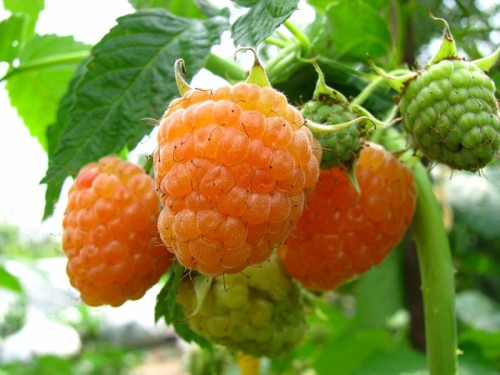
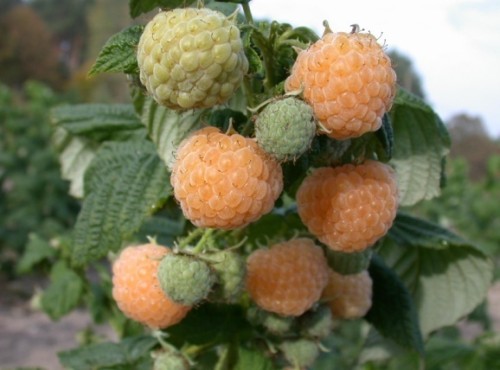
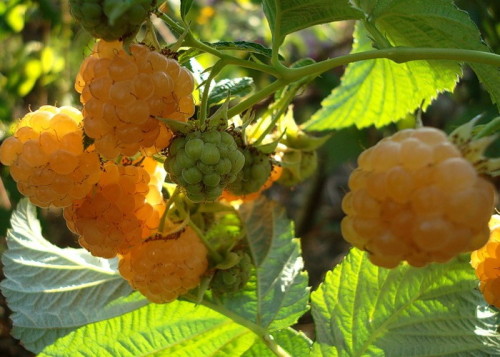
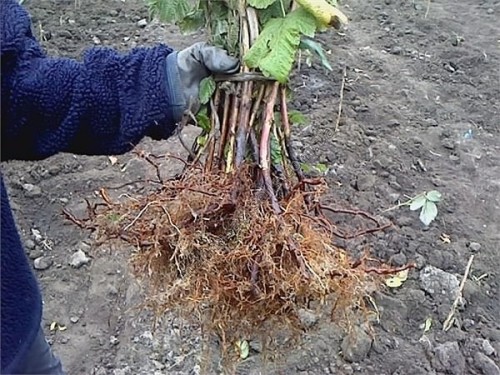
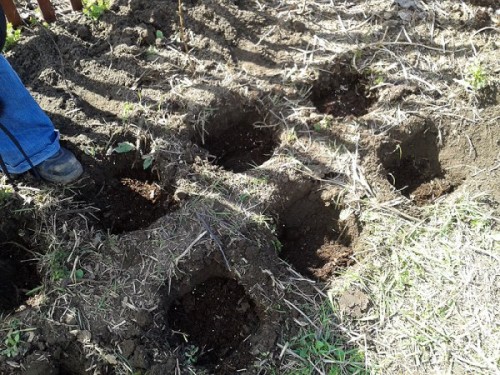
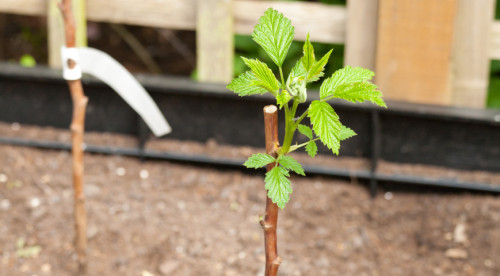
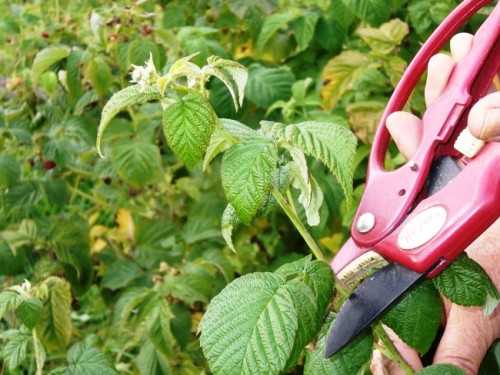
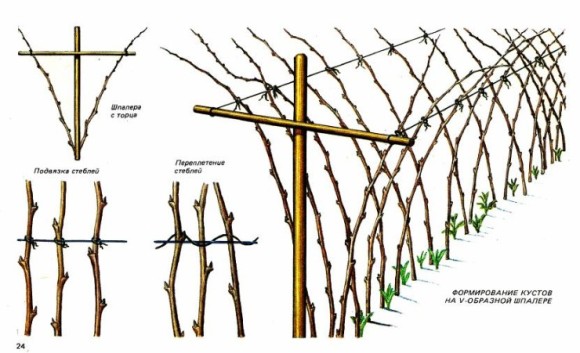
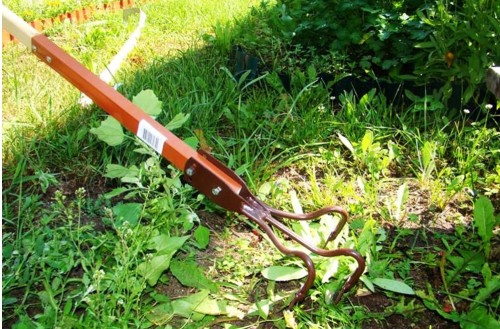












 Start a discussion ...
Start a discussion ...